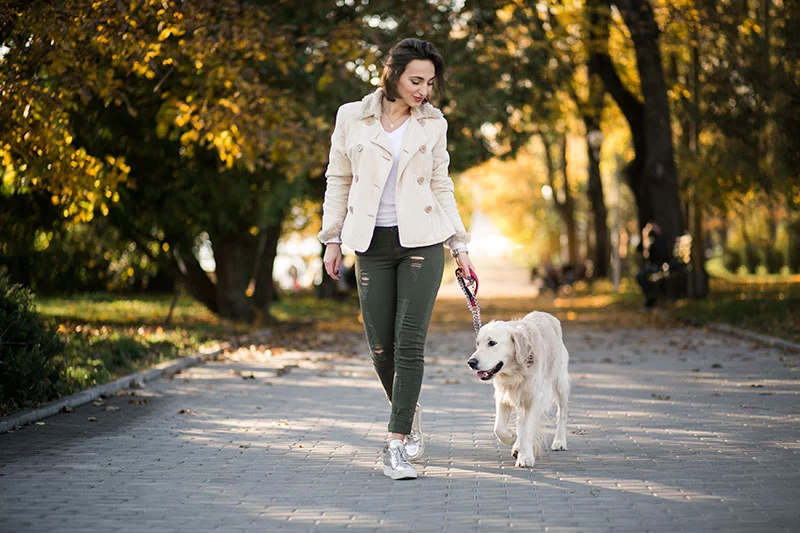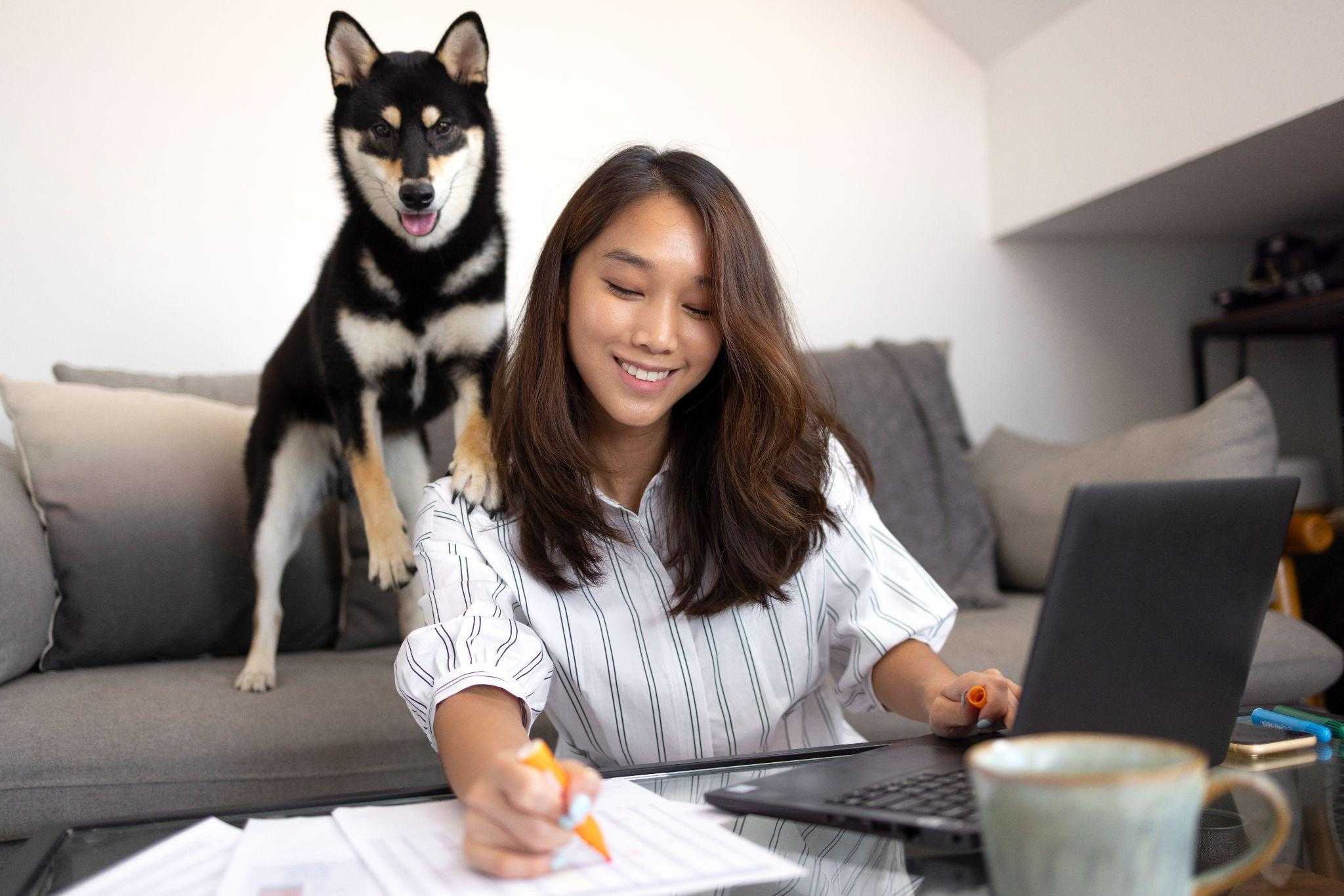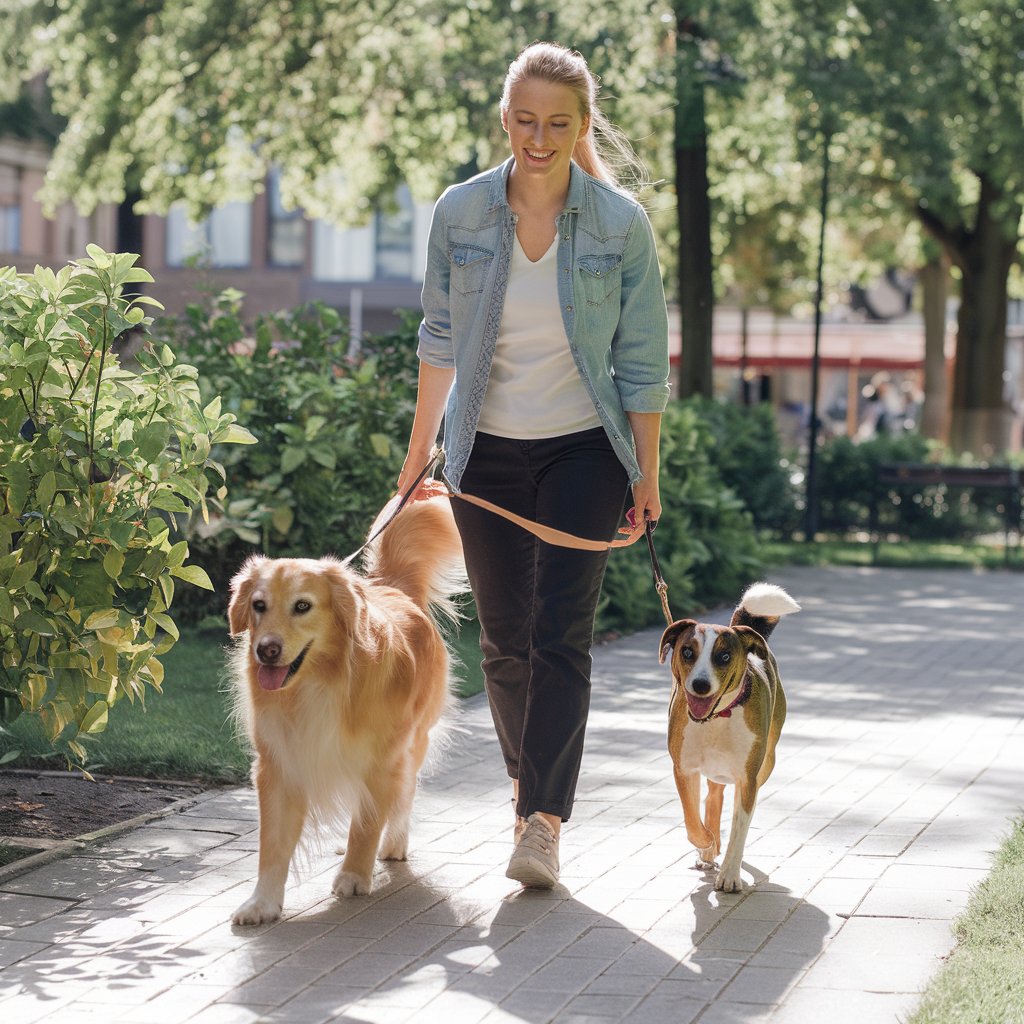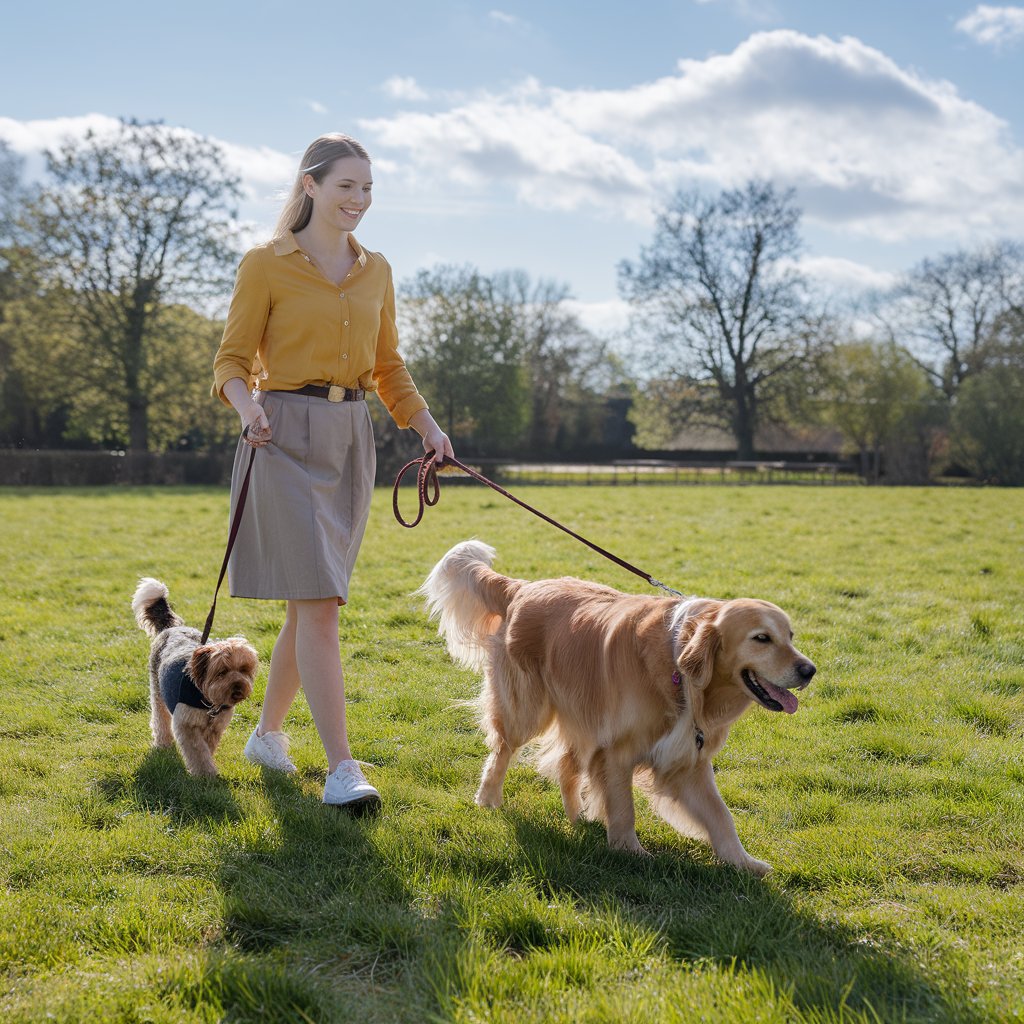
By Karoline Gore
10% of British dogs experience separation anxiety during their lifetime, according to a leading pet insurer. However, many owners fail to recognise this condition in their pet dog and merely think their dog is making a fuss. But, with separation anxiety capable of causing severe distress in a dog, it’s essential you can identify the symptoms of it so that you can let your clients know that they need to take action to alleviate your pet’s fears.
Noticeable signs
If the dog incessantly barks when you leave home and is still barking when you arrive, then there’s a good possibility the dog is distressed and is experiencing separation anxiety. Other noticeable signs include destruction in the home. Broken furniture and damaged toys are a sign that the dog has anxiety. Meanwhile, if nervous behaviour restarts every time you put on your shoes and coat and pick up your keys, then you can be sure that the dog isn’t happy about being left home alone.
Keeping The Dog Entertained
Once you’ve determined that a dog has got separation anxiety, you can suggest some action to make his days more comfortable. Plenty of stimulation and exercise is crucial. Experts state that the average adult dog requires a 30 - 60 minute walk every day. So, recommend the owner walking him or playing with him before they go to work, and then your carrying out another walk around lunch. This will break up his day and provide him with some much-needed socialisation. You should also ensure they have a good supply of dog toys to keep your dog entertained when he’s home alone. Toys will keep their dog entertained and they also provide the opportunity for some fun and games once you as a pet sitter arrives. You can also suggest a second visit if you feel it is required, to minimise the amount of time he is alone.
Leave on a high
A dog’s fear of being left home alone is often made worse by owners and pet sitters making a big fuss of them before they leave. So, it’s best to calmy and quietly get ready to go and to minimize the contact with the pooch before you leave. But to ensure the dog doesn’t get beside himself as you’re leaving, distract him with a treat or a toy beofre you go.
It can be devastating to think of any dog experiencing separation anxiety each and every time he is left. Thankfully, with the use of a pet sitter or dog walker, you can start to alleviate his fears through your services.



